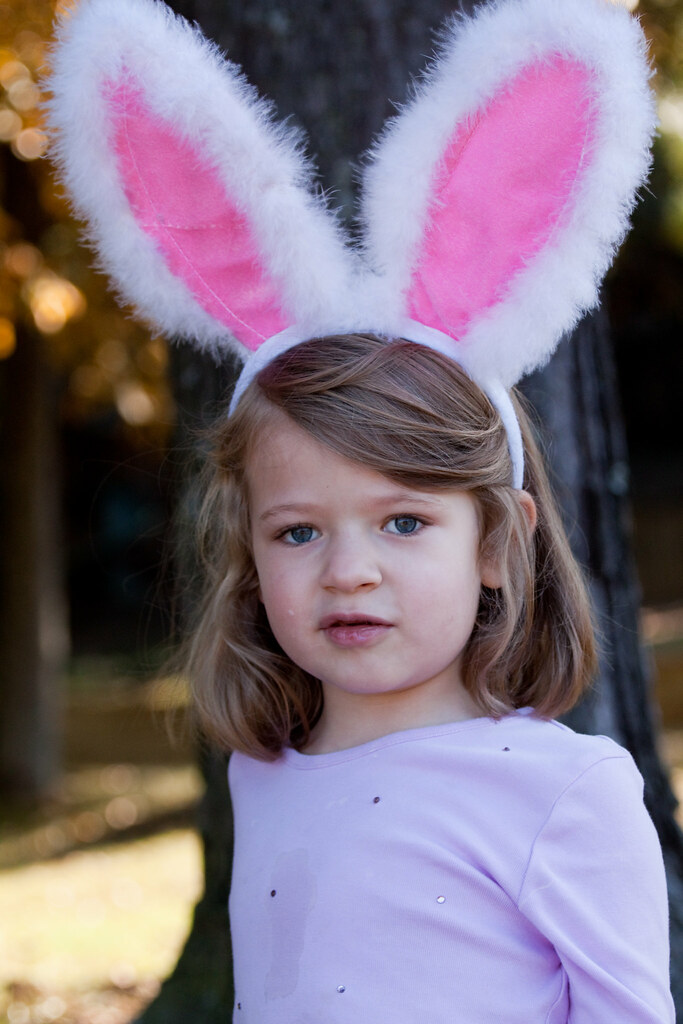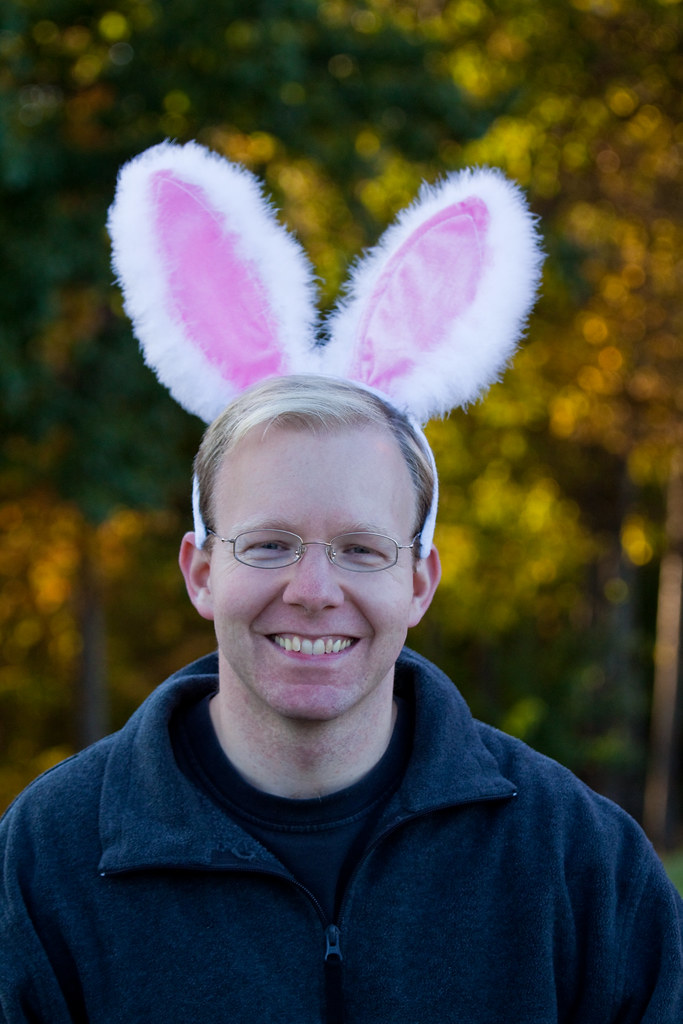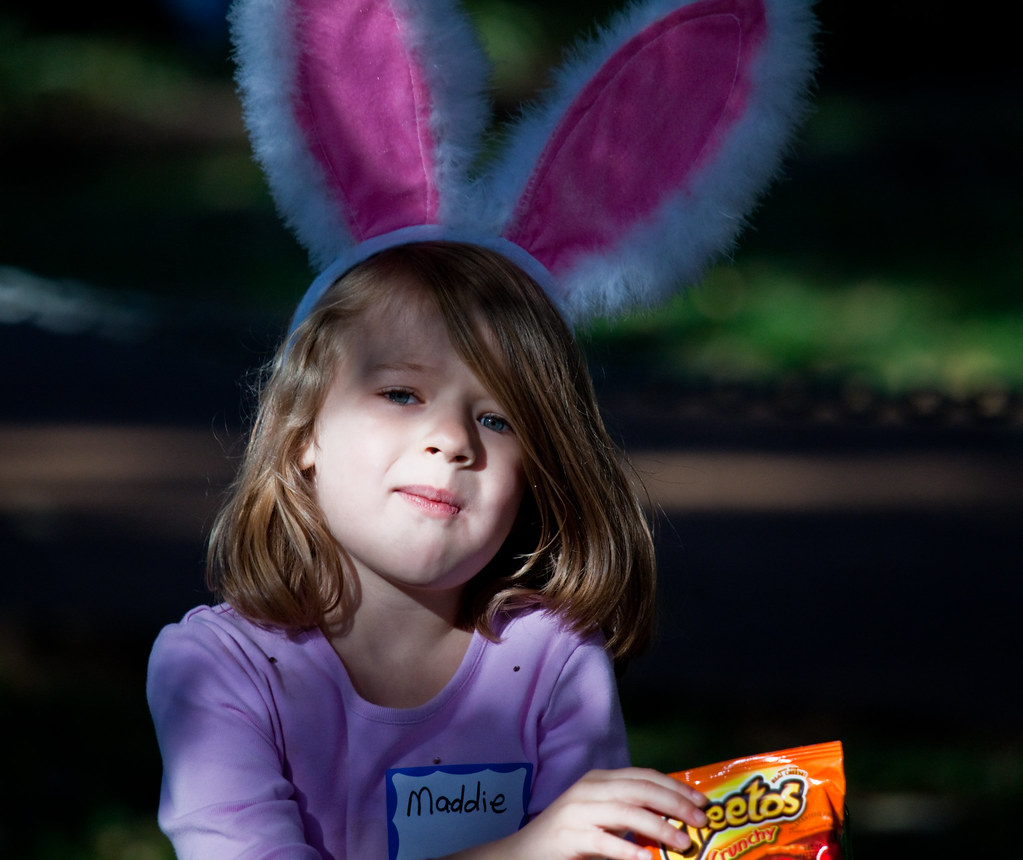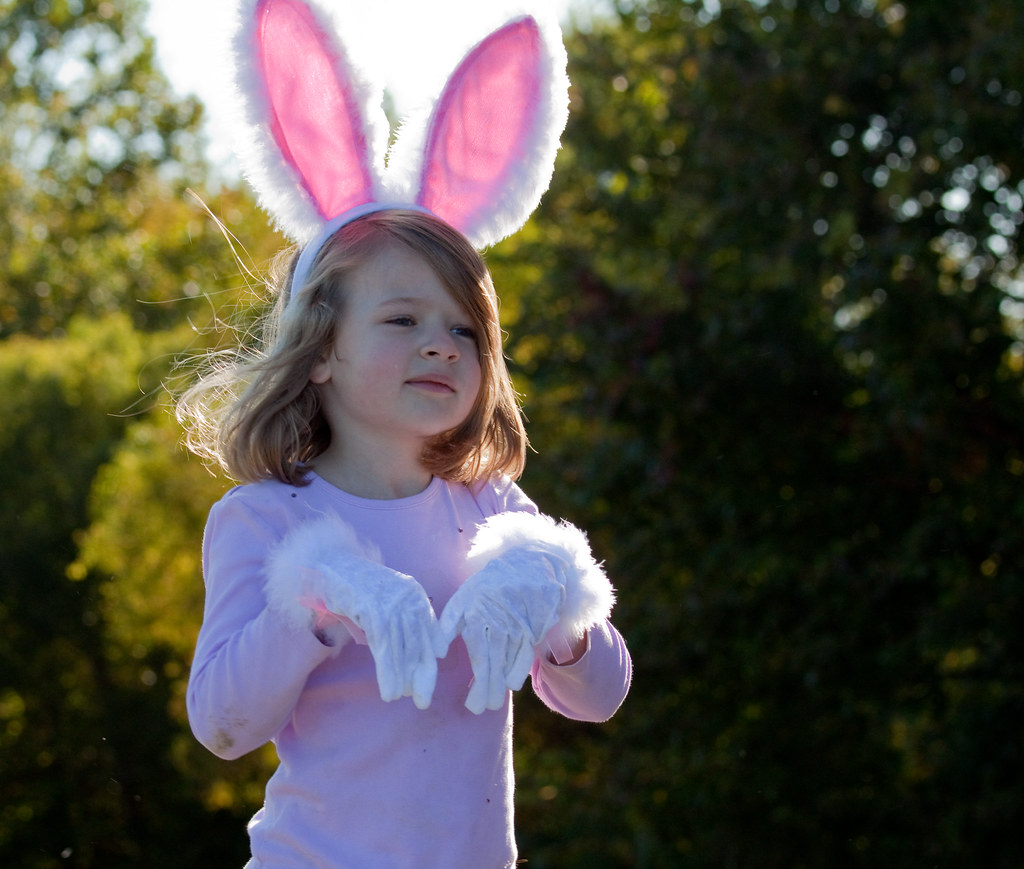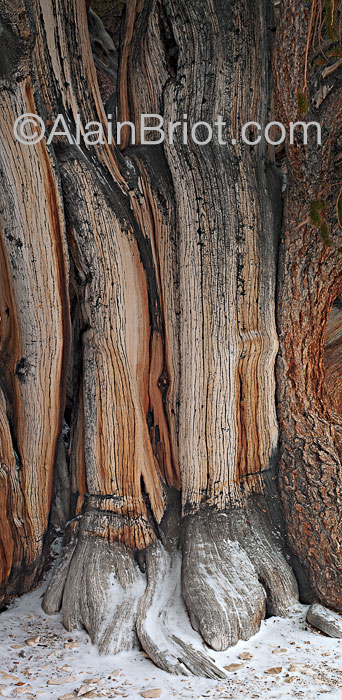The first step is to have as a goal to do photographs that are more than lens tests... which here seems to have been the goal.
Then the goal has to be other than documentation of an event, a person and a costume, which here again seems to be the goal.
It's all about goals. Goals define what photographs look like.
Alain,
I think that as a generalization it might be most often true that purpose-driven pictures are narrowly directed to fulfill some expectation and hardly constitute art. It might seem true, but as truisms go, this one too is not, in reality, reliable for any particular instance. Each time we consider a work we have to ask, "What thoughts and creativity does the artist embed in the physics of the thing?"
In this case, so she tests a lens. She is not actually a lens-tester! She used no charts, not even cat's whiskers, so it wouldn't even pass as a test in
http://www.fredmiranda.com! Then, if we're to remove from art, "documentation of an event", or "a person" then much of the art in the Louvre, the National Gallery in London and other fine institutions would have to be pulled down from their walls. Documentation of events, unless done for insurance, forensic or scientific purpose are great candidates for artistic expression. In fact for a long time, art served either to glorify the events of state or those of the Bible.
Michaelangelo: Sistene Chapel: God Wikipedia commons image
So, neither goal purpose nor function disqualifies any work as art! If so, portraits, Michaelangelo's ceiling in the Sistine Chapel and many other church Nativity Scenes in oils or and precious frescoes would be immediately disqualified!
As example, in my work my goal is to express my personal vision of and my emotional response to the scenes I photograph. I have no interest in documentation or in representing "reality" whatever that may be.
Alain,
Obviously you had no request from an insurance company or homeland security to document the beautiful natural scenes and monuments that drive your work. You have a passion that's an engine behind your intent. You modify what you show to your will in order evoke the experience you wish to command with your ideas, skills and presentation.
So, yes, your photography is, from the outset, driven by art to become art.
Still, allow me to trespass a little an take the role, just for the sake of this discussion only, as the devil's advocate. So we can look at possible degradation of pure artistic intent. So we can, reasonably, also ask, "What are you going to do with this fine photograph?" Likely it's for sale. So that could be considered a motive as you address your following, your market. Already, you too, perhaps might not be unscathed by the very end use of your work! In fact, you trekking out in in the Arizona desert with all your photography gear might be no less under the yoke of the "end use" as Michaelangelo was, laboring upside down, painting his fresco to the service of the Church. I'm not saying that your artwork is influenced at all by the goal of "selling", but it is indeed possible.
So putting aside, for now, the confounding Michaelangelo motivation factors, I argue that Sydney's primary motivation is
not testing any camera but the glorification of life. That's her mental concept that she struggles to engrave in her pictures. She's just learning.
Still, maybe she did actually succeed a tad in the one I pointed out where the subject "is as a woman beyond her age". When I made my comment, I didn't know that the child had just lost her mother to illness! When a work is imbued with a mental construct like this, it can, if the photograph is developed with sufficient skill, rise to something beyond those we'd pass over as a "snap" or else mere "documentation". In this case, I cannot dismiss her picture because she says she was "testing the lens". If she had been "testing a gun" against a robber, he'd have been dead, very dead. That's how I feel.
